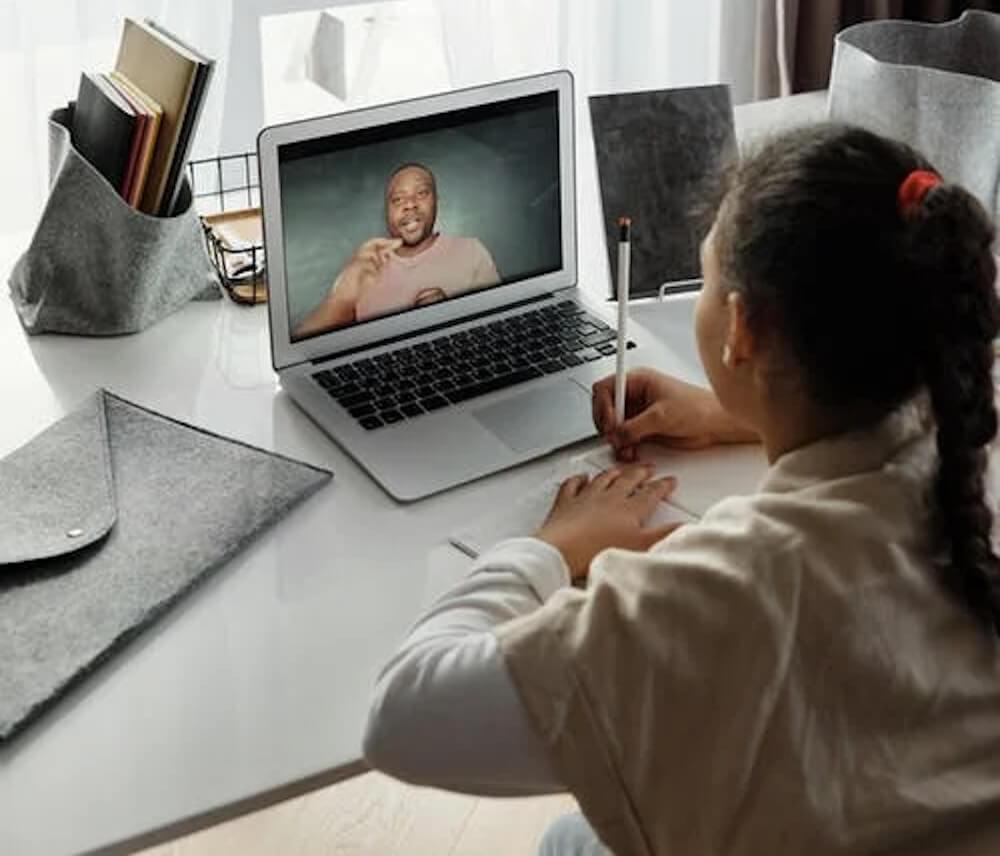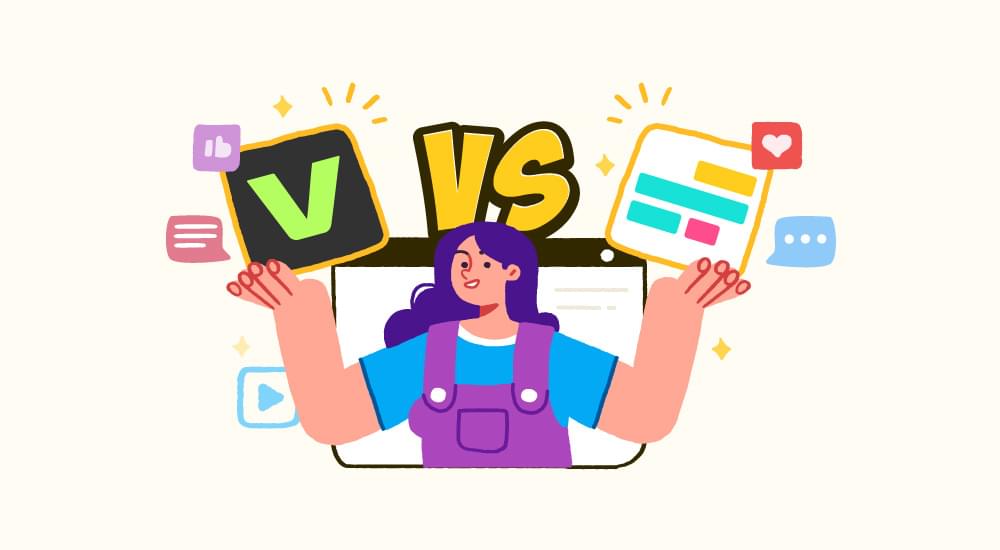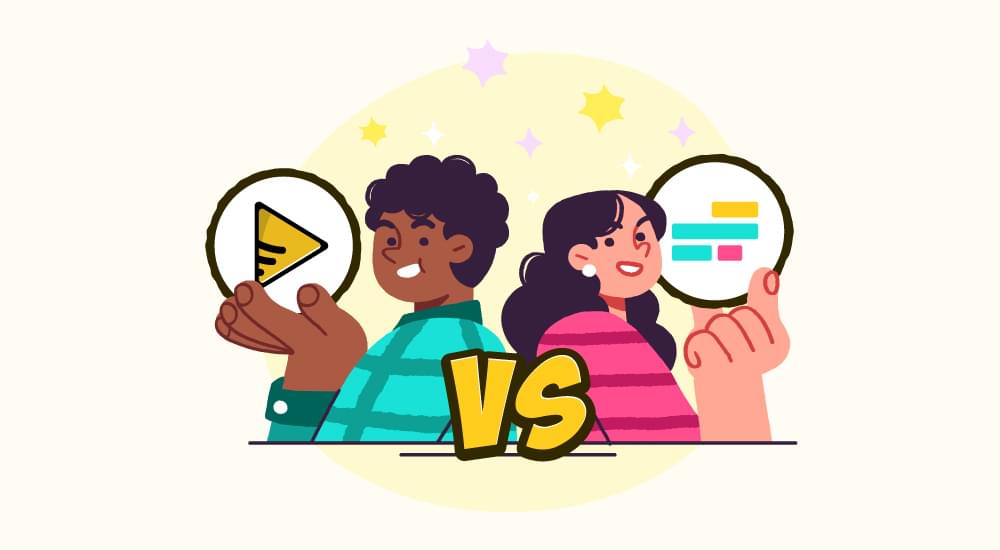
benefits of subtitles in video
Top 10 Benefits of Subtitles & Captions
Subtitles and Captions are a magnificent expansion to any video content out there, regardless of whether it be short video promotions, movies, or TV shows. A few groups are not enamored with captions and can guarantee that it’s irksome, yet they may not get the higher perspective. Captions and subtitles do much something beyond show the discourse or the exchange of a video. Truth be told, captions, subtitles, inscriptions, and different records are very valuable to the entertainment world.
Numerous availability endeavors to make data more open to clients with inabilities give advantages to all clients. Getting down on these advantages can prompt a choice for openness notwithstanding the advantages given to users with disabilities.
Subtitles Vs Captions

When alluding to words that show up on the screen of a video, numerous individuals will in general utilize the expressions “Subtitles” and “Captions” reciprocally.
Yet, despite mainstream thinking, they are not equivalent. They are, totally different from one another in definition and reason. Captions are intended for watchers who can’t hear the sound in the video while Subtitles are intended for watchers who can hear but unable to comprehend the language in the video.
Captions are a book form of the verbally expressed piece of a TV, film, or PC presentation. They are in the language of the medium as opposed to an interpretation of another dialect. Subtitles are interpretations for individuals who don’t communicate in the language of the medium. These go with unfamiliar movies for instance. Subtitles accept the watcher hears the sound. Subtitles for the Deaf and Hard of Hearing are composed for watchers who will most likely be unable to hear the sound.
Importance of Subtitles & Captions

Subtitling and Captioning are imperative to use in your video recordings for multiple reasons. They assist you with conveying your message to your intended target group or audience whatever the point of the video is.
The significance of captions and subtitles goes beyond amusement. It is pivotal for learning reasons and your business development. Captioning and subtitling services give assurance to your video to convey its message by contacting more crowd and increase its success.
One of the principal explanations behind the significance of captions and subtitles is learning. If your business is identified with e-Learning and e-training, subtitling and captioning services are most important. With captioning, you can encourage education improvement as you permit youngsters to fabricate their understanding abilities. Captioning a video likewise helps the crowd better appreciate this video, focus closer on it, and most importantly, recollect it.
Besides, you can utilize subtitling and captioning to help your language learners. Giving captions and subtitles encourages students to perceive words, phonics, and design; and improves their understanding abilities.
Here are 10 benefits of the subtitles and captions
- Better insight for those with learning in-capacities, consideration shortfalls, or mental imbalance
- Helpful in sound-sensitive environments, like offices and libraries
- Boost Search Engine Ranking
- Better and Improve literacy and comprehension rate
- Helps in improving language skills
- Increase proficiency & understanding
- Provide clarity for any difficult terminology
- Give a quick insight into any visual
- Helps to understand any solid accents, muttering and noisy loud background
- Enhanced usability for everyone
1) Better insight for those with learning in-capacities, consideration shortfalls, or mental imbalance
Cations and subtitles are words shown on a TV, PC, cell phone, or film screen that depict the sound or sound part of a program or video. Subtitles permit watchers who are hard of hearing or deaf to follow the exchange and the activity of a program at the same time. For individuals with hearing loss who are not deaf, captions can even make the verbally expressed words simpler to hear—because the meeting, similar to vision, is affected by our assumptions (When you have a thought of what somebody may be going to say, their discourse may appear to be all the clearer). Captions and subtitles can likewise give data about who is talking or about audio effects that might be imperative to understanding a news story, a political occasion, or the plot of a program.
Captions and subtitles are made from the program’s record. A captioner isolates the discourse into inscriptions and ensures the words show up in a state of harmony with the sound they portray. PC programming encodes the subtitling data and consolidates it with the sound and video to make another expert tape or computerized record of the program. Generally, the subtitles ought to show up close to the lower part of the screen—not in the center, where misplaced captions can cover the news analyst’s face or the ball loop or quarterback.
2) Helpful in sound-sensitive environments, like offices and libraries:
With closed captions on, watchers can watch recordings in places where sound is inaccessible. For example, in cafes, court, library, office, and so on. Subtitles will pass on the discourse when the sound is unclear. Subtitles likewise let watchers enjoy videos on mute in quiet environments like a library, office, or on the train.
Due to captions, watchers can watch your recordings in places where sound isn’t a great idea to be heard. If you are inside a clamoring train or a blocked road, captions will convey the discourse when the sound is quieted. It additionally permits watchers to appreciate recordings on quiet in calm conditions like an office, library, or private regions where quietness is a prerequisite. Auto-playing videos on mute is a common practice on social media platforms these days. In any case, without sound or captions, watchers won’t be able to understand your content. At the point when you are at a place where a “Quiet Please!” sign is on the wall, and you need to watch a video, you can still sneak and comprehend what the video is about with the assistance of captions.
3) Boost Search Engine Ranking:
As indicated by specialists, having the correct captions installed in your video helps your substance position higher on web indexes. Even though your substance quality ought to be your primary concern, adding video captions can build the pursuit rankings.
YouTube, by reality, is considered the second biggest web crawler on the planet after Google. That is the reason it’s critical to make your recordings simple to discover while looking for them. There are numerous ways for sure of doing that, however, having captions on your YouTube video can have an impact on your website improvement and make it simpler for your recordings to be discoverable. In this way, if individuals invest more energy in seeing your recordings, it will emphatically influence your rankings. Social offers address a job, as well. Furthermore, fascinating substance to more individuals’ benefits boosting visits and reduction bob rates.
Google has arachnids known as Google bots, that routinely list pages, however, these crawlers can’t see a video or tune in to the sound. The lone information it can creep is the content included with it, for example, video title, portrayal, catchphrases, suggestions to take action, and so forth. Presently, having captions, your video’s catchphrase degree increments as your substance gets listed even by watchwords that are excluded from your titles, or depictions, however, are in your captions. Adding captions does the slithering conceivable as Google gives the acknowledgment of your video, making them more accessible and overwhelming your opposition.
4) Better and Improve literacy and comprehension rate

Engaging, brief recordings have the less challenging vocabulary, and the students, in any case, get the education benefits of reading while listening. Giving data both textually and using video is engaging for the students. Consider suggesting that students and their parents turn on captions or subtitles at home to maximize the exposure of reading.
Studies distinctly show that video captioning and subtitling can help in improving reading speed and fluency, word knowledge, vocabulary acquisition, word recognition, and listening comprehension.
5) Helps in improving language skills
If you are entranced in focused on improving your language abilities, some portion of your preparation experience can be to watch films or hear music in the language you are examining. Perusing books can get somewhat exhausting, so you may value that movement by watching or tuning in to something engaging. Yet, that can achieve if that unfamiliar film has captions or admittance to verses what bits of exploration to your communicated in language.
6) Increase Proficiency & Understanding
As captions help in proficiency and understanding, they can likewise profit from bilingual training. Individuals rapidly gain proficiency with another dialect by watching and being presented to unfamiliar flicks and shows with captions. Other than that, in one investigation by the National Institute of Health, they found that captions help ESL students and others from various perspectives, which incorporate learning cognizance, acknowledgment, and maintenance.
7) Provide clarity for any difficult terminology

Adding captions to your video can add lucidity to content, including specialized language, industry language, or brand names. It is valuable when watching shows that go past everyday themes. Presently, envision a clinical or wrongdoing show arrangement with a few specialized phrasings, or an anecdotal arrangement with odd spots and abnormal names. It will be trying to create alongside the story and the characters if the crowd doesn’t perceive or know half of the words being expressed. Captions can carry out the necessary clearness for watchers and cause them to appreciate and realize whatever they’re watching.
8) Give a quick insight into any visual
Our minds are made for visual processing, with studies showing that roughly 65% of individuals are “visual learners” (however some have assessed that number could be considerably higher, contingent upon the study’s methodology and learning styles). They are also an aid in training and proficiency as subtitled videos can help users of all ages, from elementary students, to undergrads, to grown-ups — and are particularly useful for the individuals who are perusing underneath their level or who have learning troubles.
9) Helps to understand any solid accents, muttering and noisy loud background
Subtitles and captions may help you to understand the difficult accents, muttering, and noisy backgrounds very easily. This is another area that can influence anybody when listening to someone who is speaking in a different accent or If you are learning another dialect, you may have face difficulties understanding the local accents. If you watch something and there is a noise in the background, this makes you so frustrated to understand the video and keep your focus on it. So, captioning can provide ease and help you to cover those challenging aspects.
10) Enhance accessibility for everyone
Accessibility is quite possibly the most notable advantage of captions. Regardless of whether it be online videos, motion pictures, or programs, anybody, including the deaf, can get to these sorts of media. Subtitles allow them to see and draw in with these similarly as any hearing individual would. With captions, individuals can access any place. This can include sound-sensitive environments like libraries or workplaces, or riotous environmental factors like shopping centers and other public spots.
Conclusion

Captions complete the experience for many users. They’re more than just words showing up on the screen. They add to the crowd’s understanding of the video – what’s being said, what’s going on, and the inward operations of its characters. That “lost” feeling that an absence of sound gives? Captions can assist watchers with recapturing their balance.
Inscriptions, otherwise called same-language captions, gives an advantage to every individual who watches recordings. Captioning and subtitling a video improves understanding of, memory for, and consideration regarding recordings, for youngsters, teenagers, understudies, and grown-ups. Subtitles provide leverage to a wide variety of audiences, even if they do not speak your native language. It also allows accessibility for the hearing impaired, which in itself lets you reach those demographics that are otherwise impossible without proper subtitles.
All in all, the benefits of adding subtitles or captions to your videos are too great to ignore. We recommend trying SubtitleBee now to boost your audience engagement with ease!
Add and translate your subtitles to more than 100 languages with high accuracy












